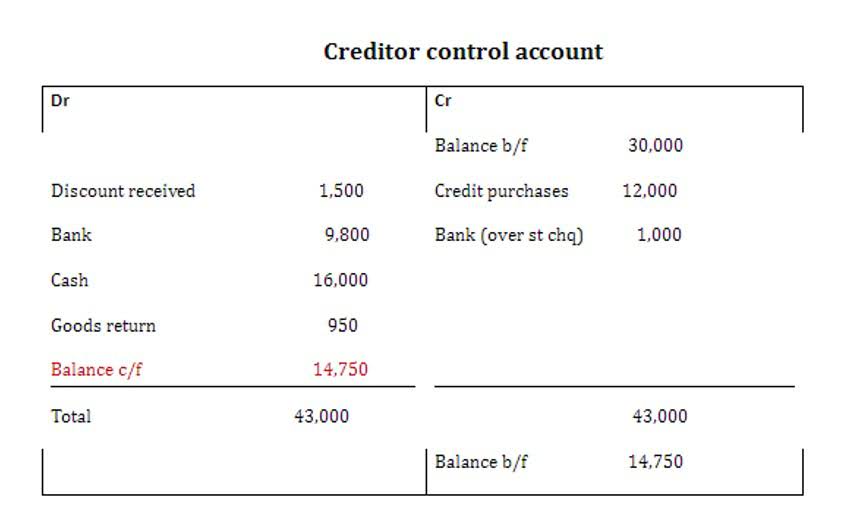
The higher the rate, the more expensive it is for your company to borrow money for Certified Bookkeeper growth. Carefully evaluating the short and long-term costs of debt can enable you to make smart financial decisions aligned with your growth goals. Get started with premium spreadsheets and financial models customizable to your unique business needs to help you save time and streamline your processes. Short-term debt, as the name suggests, has a maturity period of one year or less.
- These include a longer payback period, since the longer a loan is outstanding, the greater the effects of the time value of money and opportunity costs.
- Calculating your cost of debt helps you to figure out if taking on debt makes financial sense for your company’s situation and future goals.
- A steadfast track record and a robust financial standing serve as pillars in the construction of a favorable credit rating.
- Then, calculate the interest rate expense for each for the year and add those up.
- Non-conforming loans are not limited to the size limit of conforming loans, like a jumbo loan, or the guidelines like government-backed loans, although lenders will have their own criteria.
How to Calculate the Cost of Debt

This formula calculates the blended average interest rate paid by a company on all its debt obligations in percentage form. For DCF valuation, determination of cost of debt based on the latest issue of bonds/loans availed by the firm (i.e., the interest rate on bonds v/s debt availed) may be considered. This indicates the riskiness of the firm perceived by the market and is, therefore, a better indicator of expected returns to the debt holder. The effective interest rate is defined as the blended average interest rate paid by a company on all its debt obligations, denoted in the form of a percentage. Hence, the cost of debt is NOT the nominal interest rate, but rather the yield on the company’s long-term debt instruments.

Find the best business loan rates (
- Hence, the after-tax cost of debt for Company XYZ’s bank loan is 6.375%.
- Higher interest expenses can also reduce the free cash flow available.
- The degree of the cost of debt depends entirely on the borrower’s creditworthiness, so higher costs mean the borrower is considered risky.
- When market interest rates are generally low, companies tend to have lower costs of debt.
- Susan Guillory is an intuitive business coach and content magic maker.
One important aspect to consider when calculating the cost of debt is the impact of taxes. Since the interest paid on business debt is tax-deductible, the net cost of debt is often expressed as the after-tax cost of debt. This is calculated by multiplying the pre-tax cost of debt by (1 – tax rate). Long-term debt generally carries higher rates than accounting short-term debt, as lenders demand compensation for the additional risk over extended periods. The type of debt instrument, such as bonds, loans, or credit lines, also influences costs.

How Do Cost of Debt and Cost of Equity Differ?
Below is an exploration of some common financial terms and methods used to value businesses, and why some companies might be valued highly, despite being relatively small. Clearly, using debt alone results in a lower WACC, making the project more attractive from a cost perspective. However, the higher leverage also means greater financial risk, which the company must weigh against the potential benefits. Many how to find cost of debt business owners work with their accounting team to factor in costs and savings before ever pursuing debt.

Cost of Debt Formula (Kd)
- By optimizing their capital structure, companies can enhance their value and maximize returns for their shareholders.
- You can find these figures quickly by using our cost of debt calculator.
- There’s also a formula for calculating any tax savings into the total.
- It’s often manipulated in a lot of ways by the conventions of accounting, and some can even distort the true picture.
- In this guide, we’ll explore how to calculate the cost of debt, why it matters to your business, and how working with a funding partner like Swoop can optimize the process.
- The growing perpetuity equation enables you to find out today’s value for that sort of financial instrument.
- Recall that we said that the cost of debt is the cost of raising debt capital.
Therefore, the after-tax cost of debt for Company ABC’s bond issuance is 4.55%. Calculating the cost of debt requires several steps to arrive at an accurate figure. Looking beyond the interest rate to consider factors like fees, loan terms, and repayment flexibility can help you choose the best loan offer.
- More complex mathematical components, such as credit spreads and the risk-free rate, can also be added to the formula for a more accurate calculation of the after-tax cost of debt.
- Calculating the cost of debt is a critical aspect of financial decision-making for businesses.
- You just won’t see a return on this investment until you pay off the debt.
- In general, a good cost of debt figure, whether pre-tax or after-tax, is under 10%.
- By mastering the art of tax optimization, stakeholders can wield a powerful tool in their arsenal, effectively managing their Cost of Debt and enhancing their overall financial performance.
- Strategies such as maintaining an emergency fund, negotiating with lenders, and cutting non-essential expenses can help manage debt during economic downturns.
These methods help businesses and investors evaluate borrowing costs and make informed capital structure decisions. The cost of debt measure is helpful in understanding the overall rate being paid by a company to use these types of debt financing. The measure can also give investors an idea of the company’s risk level compared to others because riskier companies generally have a higher cost of debt. Discounted cash flow analysis is the process of estimating the value of a company or investment based on the money, or cash flows, it’s expected to generate in the future. Discounted cash flow analysis calculates the present value of future cash flows based on the discount rate and time period of analysis.
Comentarios recientes